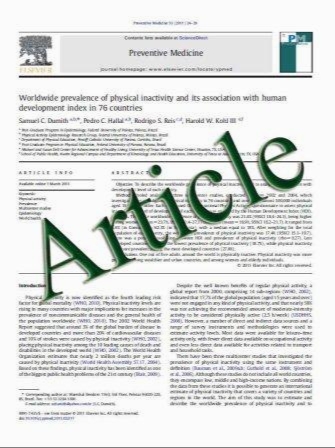Predictors for splenectomy among patients with primary chronic immune thrombocytopenia: a population-based cohort study from Denmark
- نوع فایل : کتاب
- زبان : انگلیسی
- مؤلف : Annette طstergaard Jensen & Mette Nّrgaard & Malene Cramer Engebjerg & Dora Kِrmendiné Farkas & Jon P. Fryzek & Sean Zhao & Henrik Toft Sّrensen
- چاپ و سال / کشور: 2010
Description
We conducted a nationwide cohort study of adult Danish patients with primary chronic immune thrombocytopenia (cITP) to examine selected patient and clinical characteristics as predictors for splenectomy. We analyzed data from the Danish National Patient Registry and patient medical records from 1996 to 2007. Using Cox regression analyses, we calculated incidence rate ratios (IRRs) and associated 95% confidence intervals (CI) for splenectomy. We included 371 adult cITP patients. Of these, 87 patients (23%) underwent a splenectomy during a median of 3.6 years of follow-up. The majority (84%) of cITP patients who underwent splenectomy had splenectomy within the first year after cITP diagnosis. Predictors for splenectomy included age .75 years (adjusted 1-year IRR=6.79 (95% CI, 2.10.21.90)) at least one platelet count .30پ~109/L (i.e., high disease activity; adjusted 1-year IRR=2.67 (95% CI, 1.37.5.22)) during follow-up and year of cITP diagnosis in early period (1996.2001; adjusted 1 year IRR=2.37 (95% CI, 1.46.3.85)). Presence of chronic comorbidity was associated with lower rates of splenectomy (adjusted 1 year IRR=0.58 (95% CI, 0.33.1.05)). Our findings suggest that high disease activity and absence of chronic comorbidity may be associated with higher rates of splenectomy, and that contraindications for splenectomy (i.e., patientsپf perceived frailty) cause the physicians to use the procedure cautiously.
Ann Hematol (2011) 90:207–212 DOI 10.1007/s00277-010-1047- 5Received: 22 June 2010 / Accepted: 3 August 2010 / Published online: 13 August 2010 # Springer-Verlag 2010


